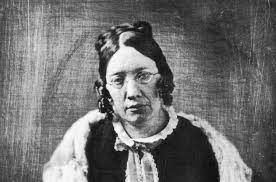"That power which the mind possesses of arranging conceptions in new combinations,"
by
October 10th, 2023
Audio Presented by

Trailblazing American educator, advocated female education and kindergarten integration.
About Author
Trailblazing American educator, advocated female education and kindergarten integration.